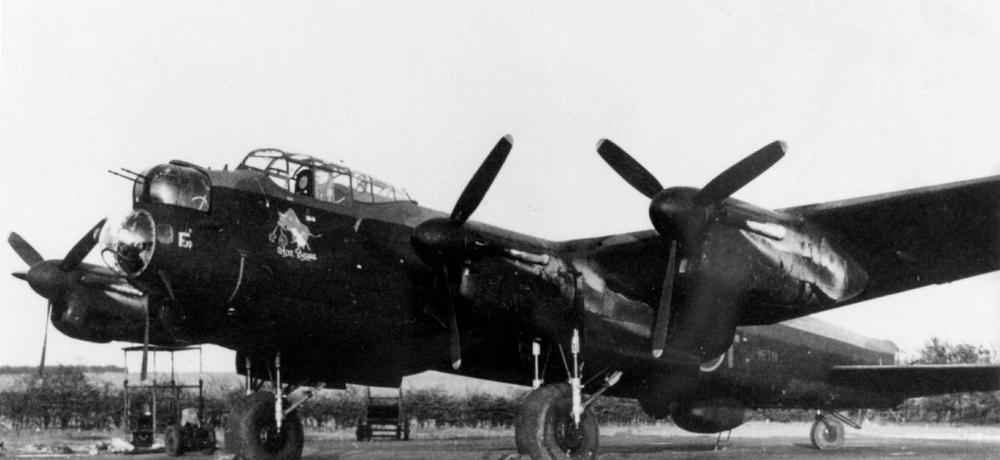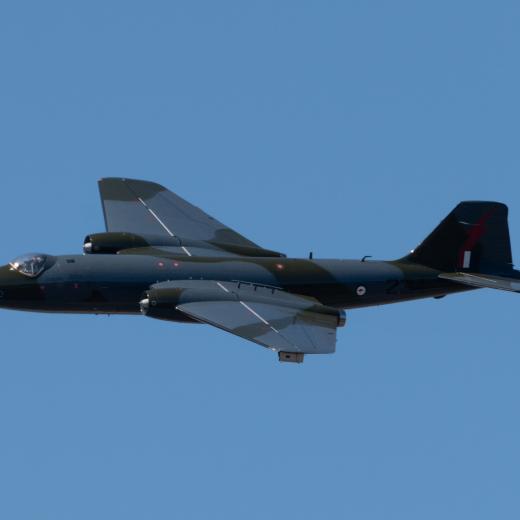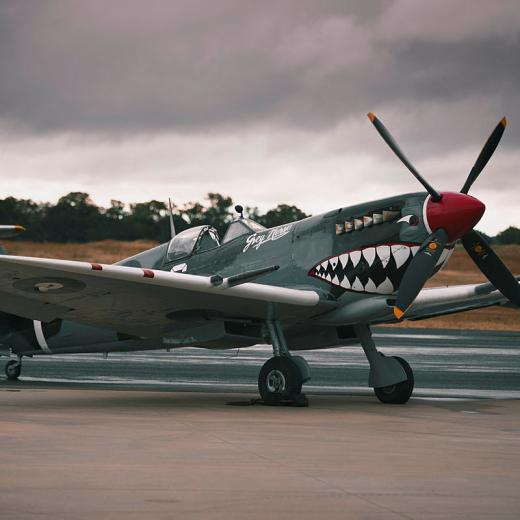BLUF
The Avro Lancaster heavy bomber was probably the most famous bomber of WW2.Summary
This article appearing on the BAE Systems home page by BAE Ed staff, about the RAF’s primary WW2 heavy bomber, the Avro 683 Lancaster, makes the following points:
- Built by AV Roe and company, hence the Avro Lancaster.
- AV Roe eventually became part of BAE Systems.
- AV Roe began building military aircraft during WW1.
- Succeeded the Avro Manchester, which was underpowered with only two engines and was soon withdrawn from service.
- The Lancaster entered RAF service in 1942.
- Primarily designed as a night bomber.
- It had a large unobstructed bomb bay and could carry very large bombs such as the Bouncing Bomb made famous in the film The Dam Busters and used in an RAF attack on German dams.
- 7,377 Lancasters of all marks and variants were built.
- The main aircraft used by the RAF in the strategic bombing campaign against Germany.
- After WW2, The RAF replaced the Lancaster with the Avro Lincoln, a larger aircraft.
Worth noting and remembering the following:
- ´Bomber command suffered huge casualties. Of some 125,000 aircrew 55,000 were killed on air operations. Of these around 3500 were Australian, making the bombing campaign against Germany and Italy Australia’s costliest campaign of the Second World War.’
- Bomber Command | Department of Veterans' Affairs (dva.gov.au)
- ‘Of the 55,000 aircrew who ‘failed to return’ or were ‘missing air operations’ during World War II, 3486 were Australians of Bomber Command. These men represented 20% of all Australian service personnel ‘killed in action’ in all theatres of the war.’
- Australians in Bomber Command - Anzac Portal (dva.gov.au)




